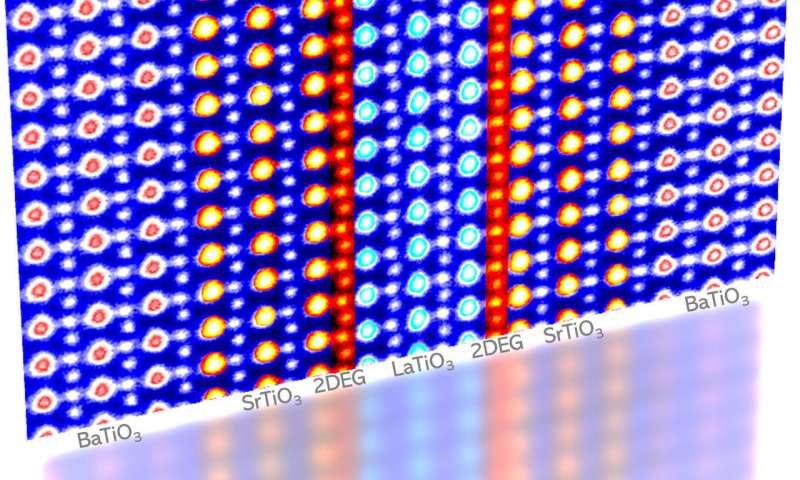
For the last several years, CleanTechnica has covered renewable energy development in India quite closely. Several years ago, India set what seemed like a lofty target of 175 gigawatts of wind and solar energy by March 2022. Few believed that was a practical target, but then India plowed forward and happily impressed the world. This week that goal was increased to 227 gigawatts!
Currently, India has added a little more than 70 gigawatts of that goal. Assessing the progress to date on a linear scale, the trend would seem to indicate the country is behind. However, renewable energy growth is not linear.
For a few years, renewable energy prices in India were rather high due to high finance costs. Now that those finance costs have come down substantially, renewable energy investment is accelerating. In a recent statement to the media, the Ministry of New and Renewable Energy (MNRE) wrote, “New opportunities have emerged — altogether a new business space has been created. Indian companies have begun to explore foreign stock exchanges as a source of funds. India is progressively becoming a most favored destination for investment in renewables.”
Of course, global prices for renewable energy have continued to drop as well, allowing this goal to be increased. R K Singh, Union Minister of State for Power and New & Renewable Energy, recently stated at a press conference, “India’s current renewable-based power capacity stands at 70 Gw, and we will cross the 175-Gw target well before 2022. We have new schemes like offshore wind, floating solar, which will help us over-achieve the current target.”
Should India reach this new goal, it will be only behind China and the US in terms of installed renewable energy capacity. This increased goal is perfect timing as it is expected that renewable energy growth in China may contract this year due to lower subsidies.
Energy demand in India continues to grow and renewable energy is allowing that demand to be met at the best price possible. Unfortunately, India continues to add thermal (fossil fuel) power each year, but the good news is its utilization is decreasing. With the old renewable energy target, thermal power plant utilization was expected to be 57%; with the new target, it stands to reason that will drop even further.
The Indian government is going all out to ensure renewable energy is integrated into the national grid and curtailments are minimized. According to the ministry, “We have waived the Inter State Transmission System charges and losses for inter-state sale of solar and wind power for projects to be commissioned by March 2022. This will encourage setting up of the projects in states that have greater resource potential and availability of suitable land.”
It is truly incredible to see developing countries begin to take the lead with regard to installing renewable energy. It was not long ago that they complained they could not take a global role in fighting climate change. Now that renewable energy makes sense economically, they are taking a leading role in continuing to bring down the costs of renewable energy.
Every country can expect to benefit from this drastic investment in renewables by India. Their additions will continue to drive down the cost of renewables. Consequently, we can expect to see more fossil fuel power plants across the world stranded. While it is sad to see that the current US government is taking a step backwards in regards to renewable energy, actions by countries like India can help pick up the slack. When the US political climate changes, renewable energy prices will be substantially lower and we can get on with the transition at a feverous pace.





